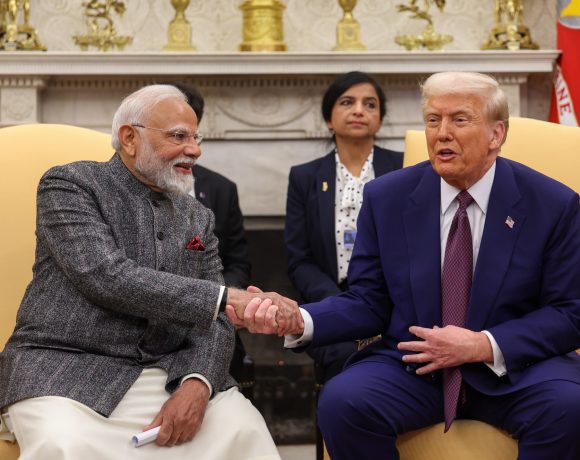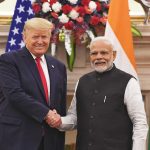
Moody’s: Malaysia, India, and Philippines May Benefit from U.S. Tariff-Induced Trade Diversion
Malaysia, India, and the Philippines may find themselves among the unexpected beneficiaries of a global trade realignment triggered by the recent imposition of steep U.S. tariffs. As Washington targets major Asian manufacturing hubs like China, Vietnam, Cambodia, and Thailand with high duties, supply chains are expected to shift toward countries facing lower tariffs and offering cost-effective production alternatives.
Trade Diversion Presents New Opportunities
Faced with punitive tariffs as high as 125% on Chinese goods, global exporters are now reassessing sourcing strategies. Malaysia, India, and the Philippines—subjected to relatively moderate U.S. tariffs ranging from 10% to 30%—are well-positioned to absorb redirected trade. As companies seek more stable and affordable access to the U.S. market, these nations could witness a boost in exports and foreign investment.
In sectors like electronics, textiles, and automotive parts, trade diversion could result in higher output, increased employment, and stronger foreign exchange earnings. The trend is expected to evolve over the medium term as firms adjust logistics and manufacturing networks.
India’s Balanced Exposure and Domestic Strength
India, despite being hit with a 26% tariff on exports to the U.S., has a diversified trade profile and lower dependence on a single export market. Its large and growing domestic market also enhances its appeal to global manufacturers looking for long-term strategic investment locations.
In addition to its export resilience, India offers a competitive labor market, advancing infrastructure, and supply chain reform efforts that could further position it as a key node in the restructured global trade ecosystem. While the immediate gains may be modest, the longer-term outlook is positive for India if it capitalizes on shifting dynamics.
Broader Risks Amid Regional Realignment
While countries like India, Malaysia, and the Philippines may experience a temporary edge, the broader implications of escalating trade tensions remain uncertain. A prolonged U.S.-China tariff standoff could dampen global demand, disrupt trade flows, and introduce volatility in investment patterns across the Asia-Pacific region.
To truly benefit from the shifting landscape, these nations will need to move quickly—streamlining regulatory frameworks, investing in infrastructure, and improving ease of doing business. By proactively responding to trade realignments, they stand a chance to emerge stronger in the evolving global economic order.


















